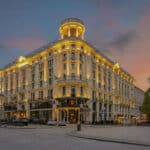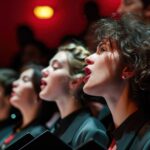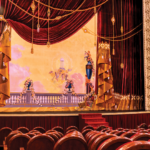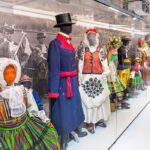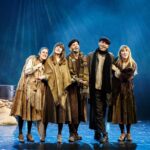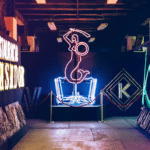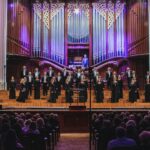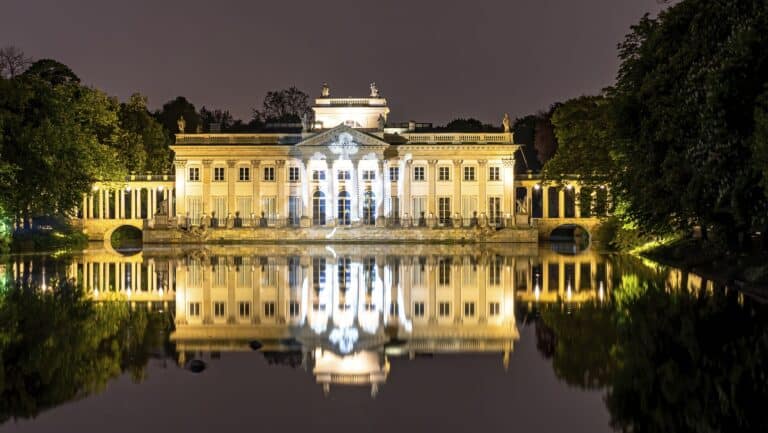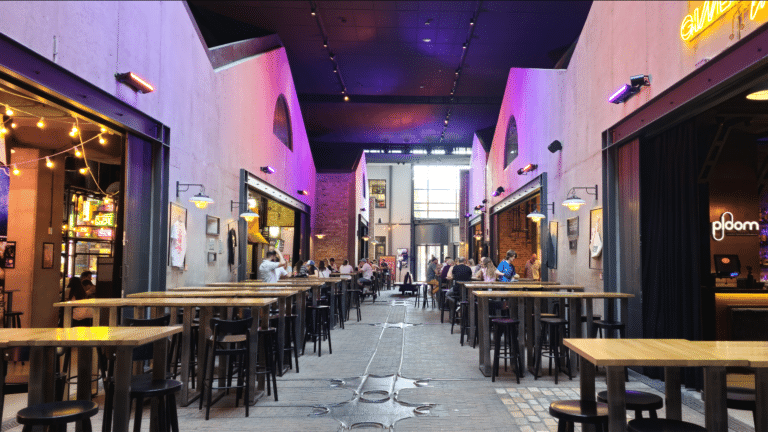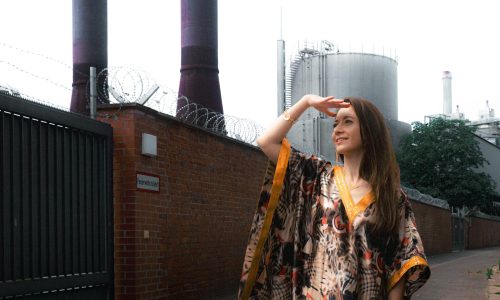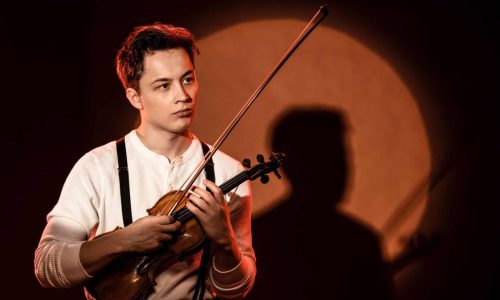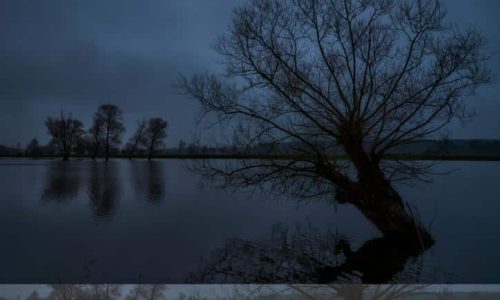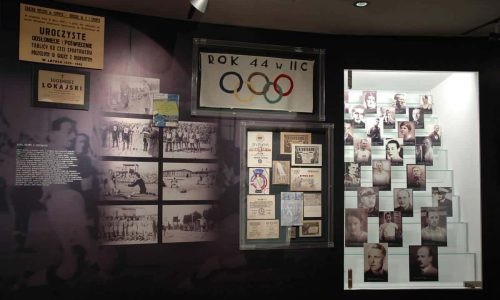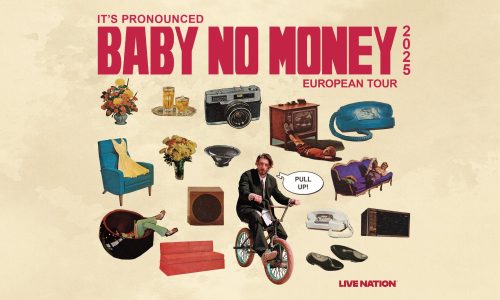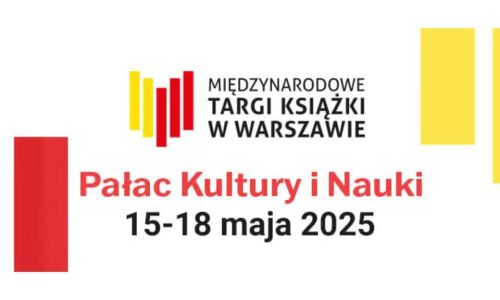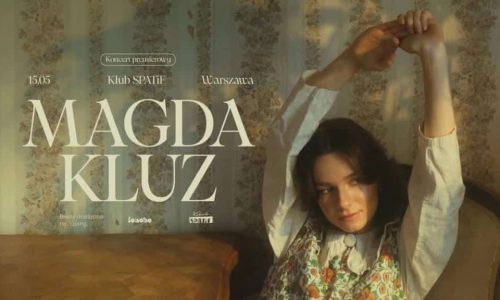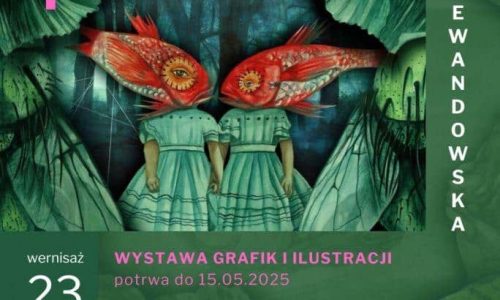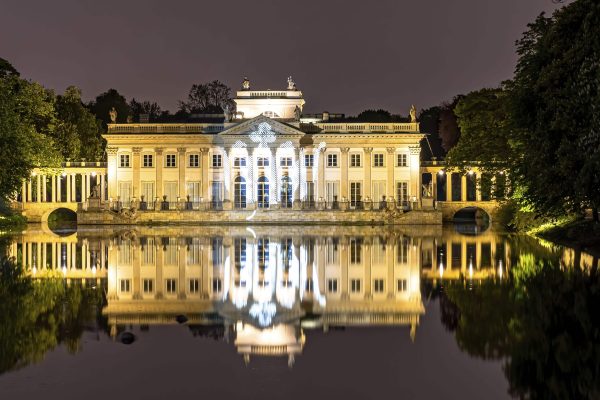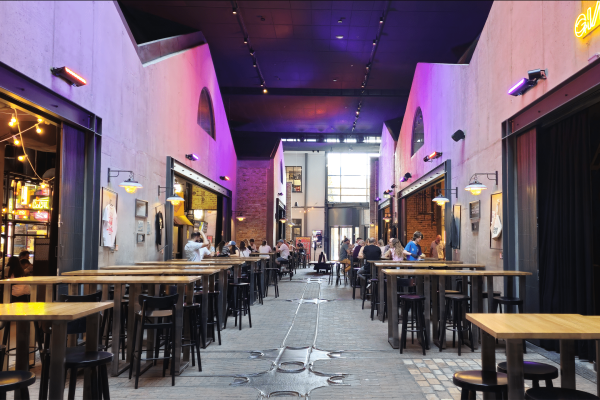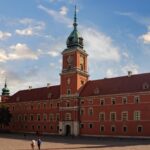"The Cabinet of Julian Ursyn Niemcewicz" is an arrangement of the writer's workplace from the time of his stay in the Ursynów palace from 1822 to 1831. The antique furniture, writing utensils and book collection have been supplemented with copies of paintings, prints, maps and manuscripts, creating a unique atmosphere of the former residence of a Polish nobleman. A reproduction of Nemtsevich's famous image from 1834, which was described in his diaries, is a dominant accent: "[...] my portrait by Mr [Antoine-Jean] Gros, one of the first painters, painted perfectly, the sorrow of the unfortunate exile, no longer having a homeland, is perfectly expressed in it: on one side is a burning earth, on the other a grave with a cross". The exhibition is a peculiar gallery of portraits of great personalities of the epoch; besides Niemcewicz himself, it shows, among others, Duke Adam Kazimierz Czartoryski and Tsar Paul I.
The preserved 'Inventory of household and household furnishings and movables in Ursynów' from 1823 confirms that the images of both figures were in fact once located in the Ursynów palace. The portrait of Tadeusz Kościuszko, on the other hand, reminds us that Niemcewicz served as aide-de-camp and secretary to the head of the Kościuszko Uprising, and was imprisoned with him in the Petropavlovsk Fortress in St Petersburg after losing the Battle of Maciejowice. The American strand of our great compatriot's biography recalls the portrait of George Washington. During his nearly ten-year stay overseas, Niemcewicz not only met the first President of the United States in person, but also married Susan Livingston Kean and was the first Pole to be granted American citizenship. Views of places associated with our hero, such as the Niemcewicz family estate in Skoki, his American 'flat' in Elizabethtown and his beloved 'homestead' in Ursynów, play an important role in the exhibition.











